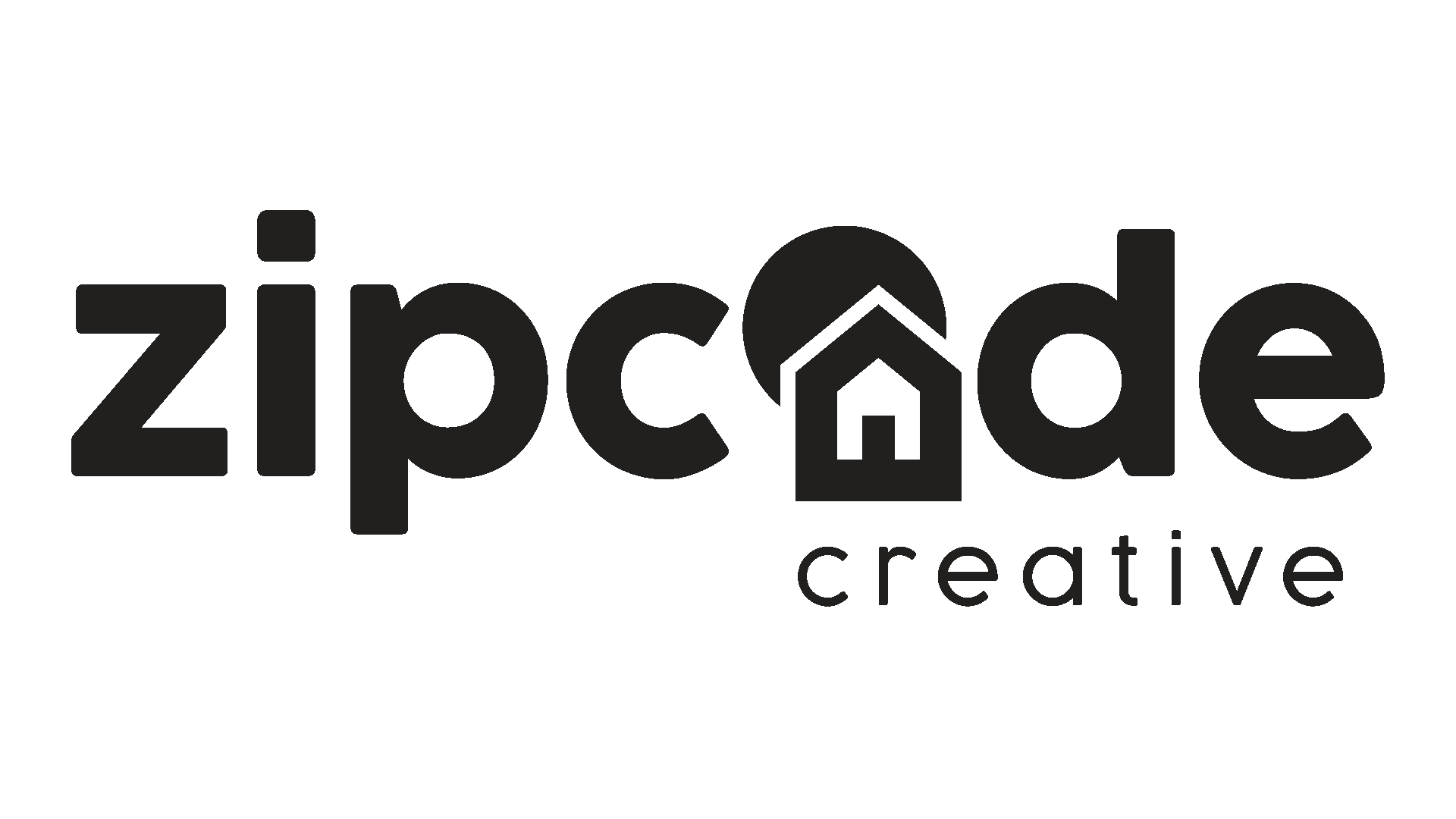
Balancing Brand Voice and SEO Writing in Multifamily
Stacey Feeney
Writing for Brand Voice vs. SEO
Marketing your multifamily community means you have to pay attention to your writing from every angle. It has to sell and convince—but first it has to be found. SEO gets your audience to your website (from those magical Google results). Brand voice captures them and convinces them.
Branding is the heart and soul of your brand. If you’re consistent and clear on what your brand is, it will allow your ideal residents and prospects to resonate with you as a brand. Brand recognition and brand loyalty is tied up in branding—and using brand voice for apartments ensures your words align with every other part of your brand.
In order to achieve both website traffic and conversions (along with brand loyalty) you’ll need to find a way to create truly effective content by balancing SEO and brand voice in your multifamily writing.
Understanding Brand Voice & Tone
BRAND VOICE
Brand voice is your brand, put into words. You relay your core, the foundations of your brand. It’s who you are, what you do, what you believe, what you value, and what you bring to the table. Your soul comes through with your mission, vision and values.
With your brand personality, you can infuse your brand voice with the right words—if you’re traditional, formal, and elegant, it’s unlikely that you’d use a fragment rather than a full sentence.
BRAND TONE
Brand tone is the way you say it. Your words will be different depending on whether you’re writing a blog post about an upcoming event or writing a letter, welcoming your newest resident. One will be longer, and one may be slightly more casual. You’d also shift your tone if you were responding to a review—an apologetic and straightforward tone would work better there.
Both of these sets of writing are vital to multifamily to be able to engage authentically with your residents and prospects and keep the branding experience consistent. Build trust, build engagement, build your “fan base,” and see more loyal residents.
The Role of SEO in Website Copy
SEO, or search engine optimization, is tailoring your online presence—usually your website—to show up for more people searching for you (or for keywords related to your business). If you want to be a competitor in a crowded market, or boost your marketing with your website, focusing on SEO should be part of your regular to-do list. Writing website copy with a focus on SEO can help put you in front of the clients you want most.
SUCCESSFUL SEO FOR MULTIFAMILY
If you want SEO to work well for your multifamily website, focus on the following:
- Keyword research: Understand what terms you could reasonably rank for
- Focused content: Write content around the keywords you want to rank for and shift your headings and subheadings to include those keywords
- Use links—both internal and external—to help boost your visibility and helpfulness
Remember: The Google algorithm is always changing. But it’s most focused on helpfulness and accuracy. Whatever is relevant and authoritative will win out.
Differences Between Brand Voice and SEO Writing
BRAND VOICE VS. SEO WRITING
The approach to both is different. The style is different. The objectives are somewhat shared. One is more about branding (who you are) and the other is more about marketing (how you reach your audience). So essentially brand voice vs. SEO writing is a new version of branding vs. marketing. Both necessary, both good.
Brand voice writing…
- Is approached with the goal of communicating an idea and is formed with the brand personality and audience at the forefront.
- Is more creative in style, and less information-based
- seeks to portray the brand fully through words and connect with the reader
SEO writing
- Is approached by taking content topics and keyword research to create content that will reach the audience through search
- Style is informative, addressing one specific topic
- Seeks to increase visibility through higher search ranking
Balancing SEO and brand voice is vital to reaching your audience and communicating your brand’s values. (You can’t connect with someone who can’t find your website.)
CHALLENGES
Balancing the two types of writing can be a challenge.
Weak brand voice.
If your brand voice isn’t strong enough, it can be totally overcome by SEO writing that’s technical and helpful, but doesn’t necessarily sound like you. Might even sound like a robot (*cough* AI *cough*) and if it’s boring, they’re not gonna keep reading.
Not knowing your audience.
If you don’t know your audience (and haven’t done your research) you’ll be writing to…exactly who? Everyone? Probably no one. By recognizing your audience, you can address their pain points and write content that actually applies to them. Do the research and make content they’ll connect with.
Low-quality content.
Again, write helpful content that’s infused with your brand voice—so it’s recognizable as your brand, and it’s helpful to your audience. If you’re just writing blog posts to fulfill a keyword, it shouldn’t be obvious. It should still be helpful. Start with pain points, then move to topics, then work on long-tail keywords. (Plus, low-quality content will get dinged by Google anyway.)
When to Prioritize Brand Voice or SEO
CONTENT FOR BRAND VOICE
Brand voice should be the priority when you’re working on copywriting. Think: ads (physical and digital) email newsletters (“Hey, it’s me again!”) and social media posts where you’re directly engaging with followers.
You can still maintain SEO-friendliness while focusing on brand voice. Keep your audience in mind—and be helpful with information that still sounds like your brand.
CONTENT FOR SEO
SEO is technical. Longer form content, like blogs and website copy (and especially landing pages) should focus on SEO. It allows for long-tail keywords to be used in context.
Likewise, you can still manage to communicate using your brand voice even while you have SEO-focused content. After you have the keywords where you want, go line by line and make sure everything you’ve written still communicates your brand’s personality through words.
When you write a first draft of anything, go through it with a focus on either one, but keep both in mind. You don’t want to alienate your customers with a landing page that doesn’t sound anything like your brand or an ad that isn’t particularly engaging. What we’re saying is…Both! Do both!
Balancing brand voice and SEO is no small feat. Most companies have a hard time doing either one. Look at your current strategies. See where your SEO is getting you. Start measuring your results after you develop an SEO strategy, as well as a strong brand identity, including brand voice. Make adjustments to your current copy and create a guide for your content going forward.
The digital market is always changing—and you’ll need to change with it. Be visible with SEO and connect with customers using your one and only brand voice.


